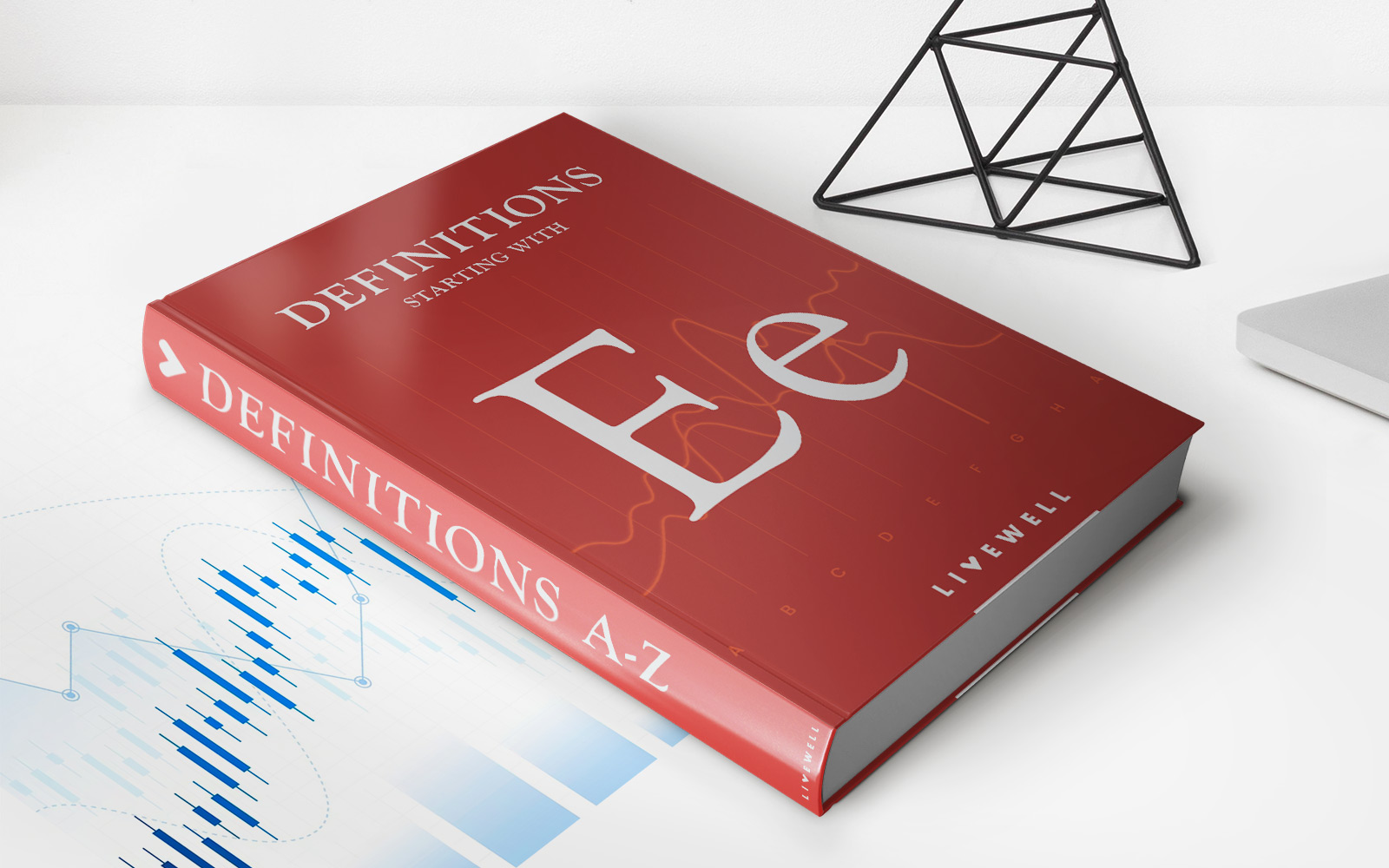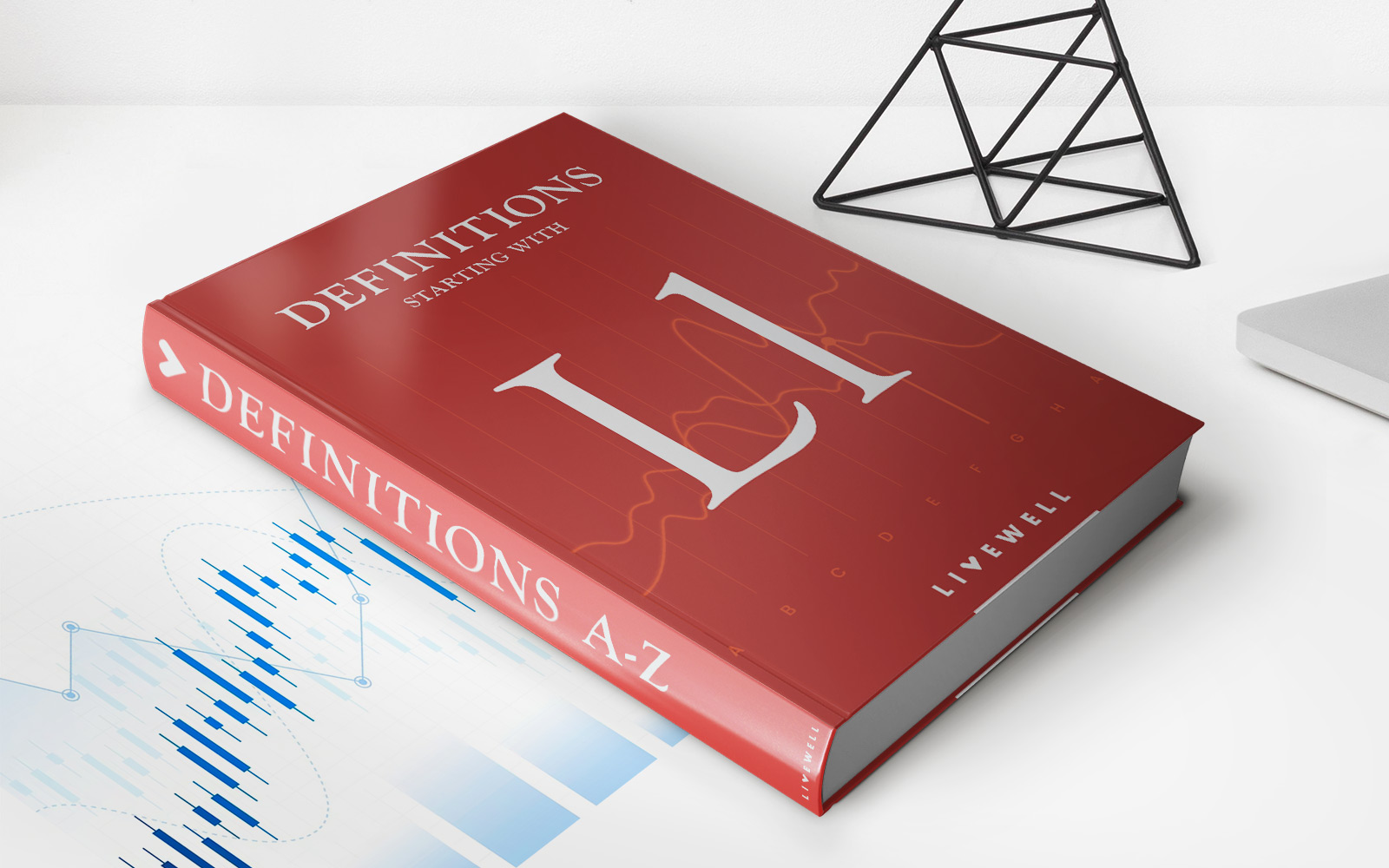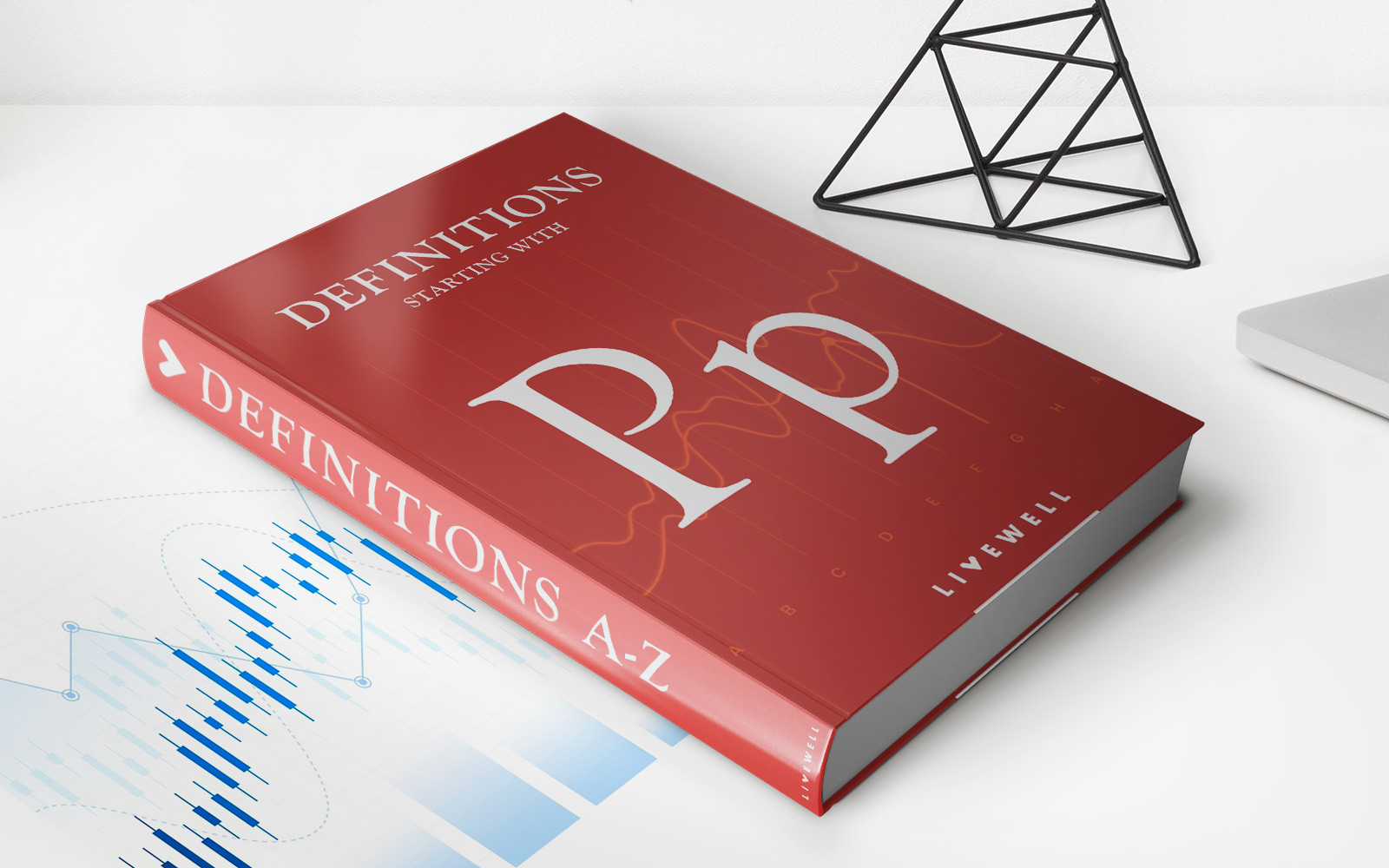Home>Finance>Coverage Ratio Definition, Types, Formulas, Examples


Finance
Coverage Ratio Definition, Types, Formulas, Examples
Published: November 4, 2023
Learn the definition, types, formulas, and examples of coverage ratio in finance. Discover how this ratio helps assess financial health and risk management.
(Many of the links in this article redirect to a specific reviewed product. Your purchase of these products through affiliate links helps to generate commission for LiveWell, at no extra cost. Learn more)
Coverage Ratio: Definition, Types, Formulas, Examples
When it comes to evaluating a company’s financial health, one important factor to consider is its coverage ratio. But what exactly is a coverage ratio? In this blog post, we will explore the definition of coverage ratio, discuss its different types, delve into the commonly used formulas, and provide some practical examples to help you understand its significance in the world of finance.
Key Takeaways:
- A coverage ratio measures a company’s ability to cover its financial obligations.
- There are various types of coverage ratios, including debt service coverage ratio, interest coverage ratio, and asset coverage ratio.
What is a Coverage Ratio?
A coverage ratio is a financial metric that determines a company’s ability to fulfill its financial obligations. It provides insight into whether a company has sufficient earnings or assets to meet its various financial commitments. Coverage ratios are often used by investors, lenders, and analysts to assess a company’s risk profile and financial health.
Now, let’s take a closer look at some of the most common types of coverage ratios:
Debt Service Coverage Ratio (DSCR)
The Debt Service Coverage Ratio (DSCR) is a coverage ratio that measures a company’s ability to cover its debt obligations, including interest and principal payments, with its operating income. The formula for calculating DSCR is as follows:
DSCR = Operating Income / Total Debt Service
A DSCR value greater than 1 indicates that the company generates sufficient cash flow to meet its debt obligations, while a value less than 1 suggests potential financial distress.
Interest Coverage Ratio (ICR)
The Interest Coverage Ratio (ICR) analyzes a company’s capacity to cover its interest expenses with its operating income. It is expressed using the following formula:
ICR = Earnings Before Interest and Taxes (EBIT) / Interest Expenses
An ICR above 1 indicates that the company has enough earnings to cover its interest payments, while a ratio below 1 signifies potential difficulty in fulfilling its interest obligations.
Asset Coverage Ratio (ACR)
The Asset Coverage Ratio (ACR) assesses a company’s ability to cover its liabilities with its assets. It is commonly used for analyzing the financial health of companies with large physical assets. The formula for calculating ACR is as follows:
ACR = Total Assets / Total Debt
If the ACR value is higher than 1, it indicates that there are sufficient assets to cover the company’s liabilities. Conversely, a value below 1 suggests potential insolvency.
Practical Examples
Let’s consider a practical example to better understand the concept of coverage ratios:
Company XYZ has an operating income of $500,000 and total debt service of $400,000. We can calculate its DSCR by dividing the operating income by the total debt service:
DSCR = $500,000 / $400,000 = 1.25
With a DSCR value of 1.25, Company XYZ has adequate cash flow to cover its debt obligations.
Conclusion
By now, you should have a clear understanding of what coverage ratios are and how they are essential in evaluating a company’s financial health. Remember, coverage ratios serve as valuable tools for investors, lenders, and analysts to assess the risk associated with a company’s financial obligations. Whether it’s the Debt Service Coverage Ratio (DSCR), Interest Coverage Ratio (ICR), or Asset Coverage Ratio (ACR), each ratio provides unique insights into different aspects of a company’s financial position. Utilizing these ratios can help you make informed financial decisions and mitigate potential risks.














